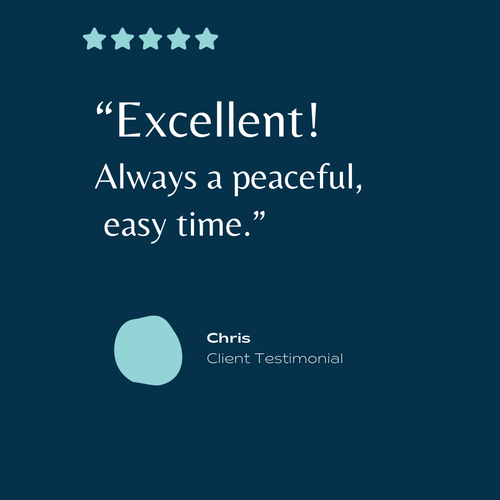Sport Massage: This special form of massage is typically used before, during, and after athletic events to prepare the athlete for peak performance, to drain away fatigue, to relieve swelling, to reduce muscle tension, to promote flexibility and to prevent injuries. Depending on the needs of the athlete, a variety of techniques are used including classic Swedish strokes, cross-fiber friction, pressure-point work, and joint mobilization.
Acupressure: Dating back 5000 years, acupressure is part of traditional Chinese medicine and is often described as "acupuncture without the needles." As a non-intrusive precursor of acupuncture, acupressure uses deep finger pressure applied at certain points located along an invisible system of energy channels within the body called meridians. Because these points directly relate to organs and glands of the body, it is believed constrictions in the flow of energy at these points causes disease and discomfort. Acupressure stimulates these points to remove blockages, to increase the energy flow, to reduce stress, and to promote health and harmony in the body.
Postural Alignment and Myofascial Release: When one part of the body is out of balance or misaligned, the rest of the body attempts to compensate until the entire structure is weakened. Even from birth, the general pressures of life and gravity push our bodies out of alignment. By manipulating the myofascial tissue, practitioners assist the body to reorganize, lengthen, and integrate itself into wholeness.
Swedish Massage: Swedish massage is now known as "traditional" massage. In the 1820s a Swedish doctor, Dr. Per Henrik Ling, developed the first modern method of massage through his study of physiology, gymnastics, and the massage techniques borrowed from China, Egypt, Greece, and Rome. Swedish massage includes long gliding strokes, kneading, friction, tapping, and shaking motions. It is effective for most ailments, because massaging the skin, the body's largest organ, sets up a chain reaction that produces a positive effect on all layers and systems of the body. It affects the nerves, muscles, glands, and circulation, and promotes health and wellbeing.
Craniosacral Therapy: Within the craniosacral system is the cerebrospinal fluid that moves in a slight but perceptible tide-like manner. Craniosacral therapists assist in facilitating change in areas of restriction where this tide-like motion is limited, confined, and immobilized. By using a gentle light touch, this fluid becomes more rhythmic and balanced, and the central nervous system is restored. Craniosacral therapy is helpful to those with nervous disorders, motor-coordination impairments, attention deficit disorders, insomnia, and other problems. Craniosacral therapy was originally developed in the early 1900's by an osteopath named William G. Sutherland and later refined and promoted by Dr. John Upledger.
Aromatherapy: Aromatherapy is the use of essential oils for curative and rejuvenating effects. Dating back to ancient Egypt, India, and the Far East, this simple therapy has been used for centuries to reduce stress and tension, refresh and invigorate the body, soothe emotions, and clear the mind. After an initial discussion with the client, specific essential oils are used in conjunction with other appropriate techniques, such as massage, acupressure, or reflexology. Used in oils, the essential oil is absorbed through the skin and into the body to affect physiological change. When inhaled the aroma directly affects the limbic area of the brain that is related to emotions and memories.
Manual lymphatic drainage (MLD): is a gentle, rhythmic form of bodywork that enhances and supports the movement of fluid through the lymphatic system to support health and well-being. Developed by Danish therapists Emil and Estrid Vodder in the 1930s, MLD is now practiced extensively by health and wellness practitioners and is used within the medical community to treat lymphedema and post-surgical and post-traumatic edema. Lymphedema is a common side effect of many health conditions as well as pregnancy and autoimmune disorders. It’s also common among people recovering from cancer treatments, strains, sprains, arthritis, fibromyalgia, and orthopedic injury.
Cupping: therapy is a traditional Chinese and Middle Eastern practice that people use to treat a variety of conditions. It involves placing cups at certain points on a person's skin. A practitioner creates suction in the cups, which pulls against a person's skin. This can be added to a manual session or used as a stand-alone treatment.
Pre-nataol + PostPartum Massage Some clients enjoy a lighter, soothing massage such as Swedish massage for pure relaxation, while others prefer deeper techniques to release tension and knots. Incorporating myofascial release or craniosacral therapy allows for a more profound release and promotes deeper healing. Whatever your preference, these sessions are designed to bring calm, comfort, and stress relief throughout pregnancy and beyond.



